I tried the four-box decluttering method - it toyed with my emotions, but in the best of ways
I’ve finally found a decluttering method that leans into my emotions instead of pushing them down
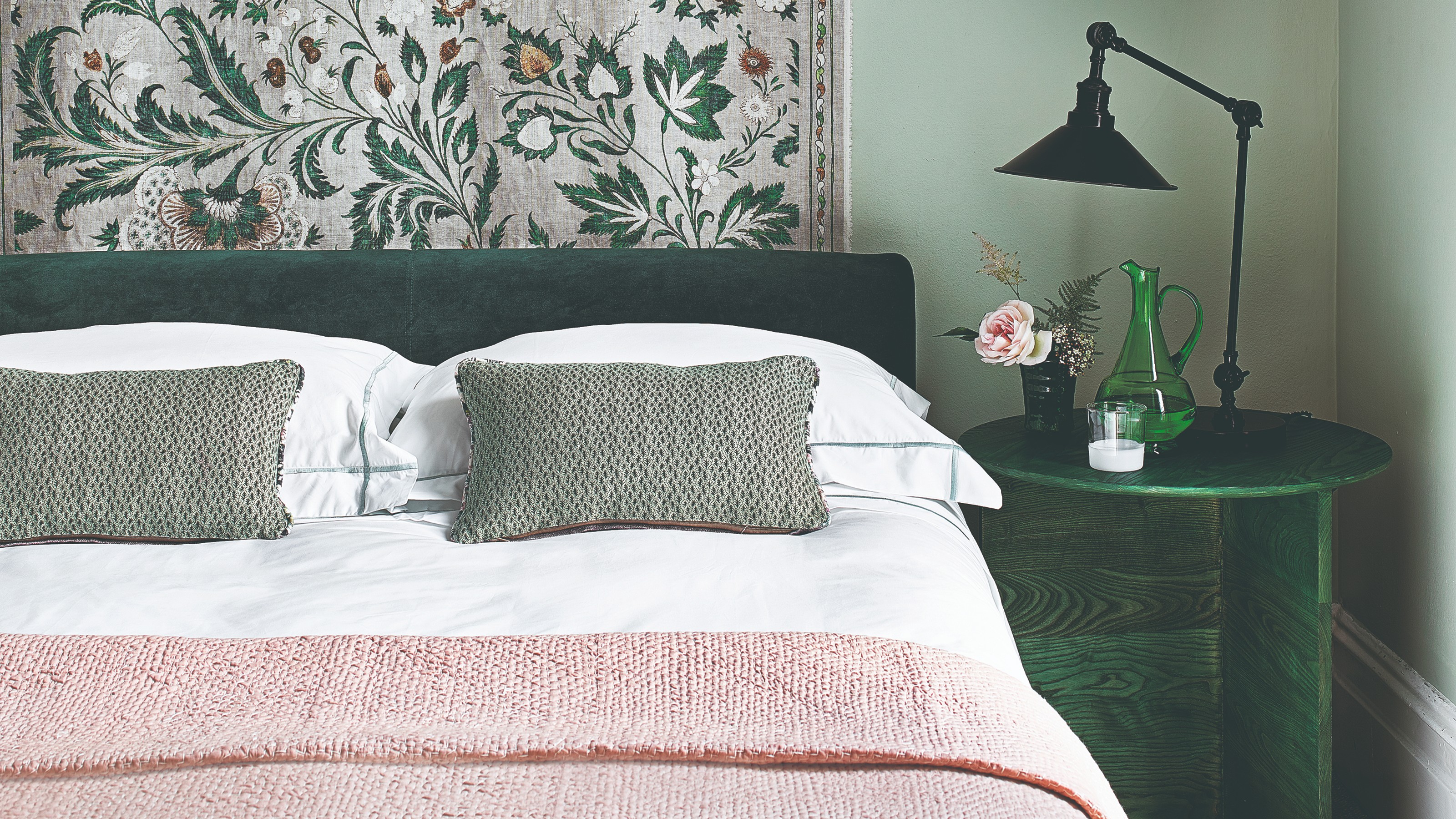

When I first heard about the four-box decluttering method, I wasn’t convinced. After all, I’ll be the first to admit that I’m very emotional about my belongings. My husband will say that I have too much clutter, but I’d say that I have a (admittedly rather chaotic) curation of trinkets and memories that fill our house with, well, us.
And while the many decluttering methods out there have offered practical solutions to the build-up of ‘things’ in my home, they don’t account for the fact that there’s a lot of emotion in people’s things - from the shell I brought back from my honeymoon to my decades-old notepads from my uni days. As a result, I’ve never really been able to declutter at all, and my home has started to burst at the seams.
Since giving the four-box decluttering method a whirl, though, I’ve been able to strike a balance between my emotional connection to my belongings and the practical side of decluttering. And now I finally have some free space in my home…
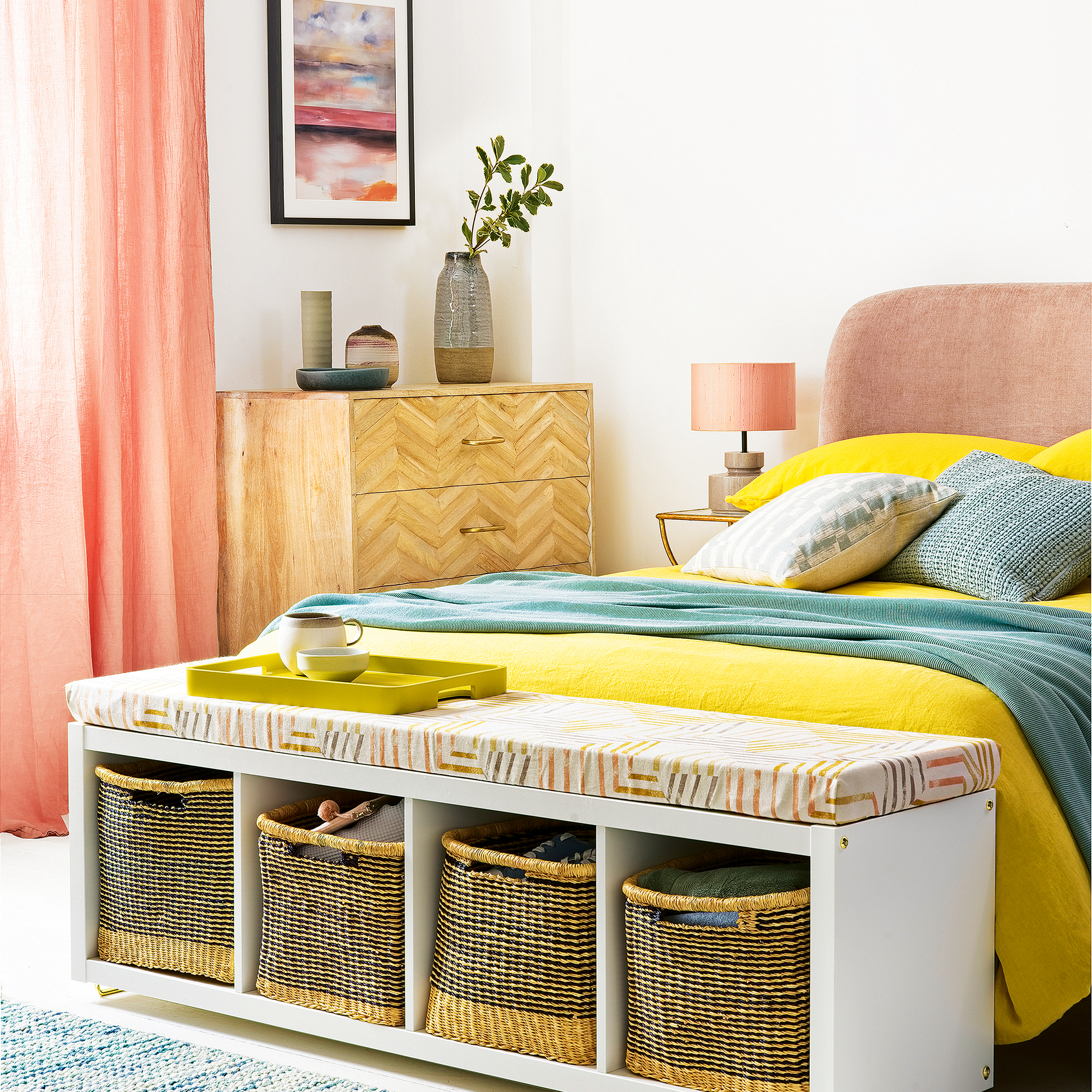
What is the four-box decluttering method?
When the four-box decluttering method came onto my radar, I put two and two together and assumed that it would involve four boxes - but I didn’t really understand what the whole process would entail or what the benefits of decluttering would be. So, I asked Hester Van Hien, a Home Decluttering and Organising Consultant from Tidylicious, for more information on the decluttering method.
She told me, ‘When using the four-box decluttering method, you sort through your items and divide them into four piles: keep, store, donate, bin. What I like about the four-box decluttering method is that it makes you think about what to do with your unwanted items instead of just making one large pile of unwanted items.’
This is similar to the 12-12-12 decluttering method, which offers a practical (and arguably more realistic) alternative to simply throwing everything out because it simply takes up space in your home.
Hester also added, ‘Some people like to split their “donate” pile up into further sub piles such as “passing on to friends and family” and “selling”. When passing items onto friends and family, try to be mindful that your clutter doesn’t become their clutter.’
Get the Ideal Home Newsletter
Sign up to our newsletter for style and decor inspiration, house makeovers, project advice and more.
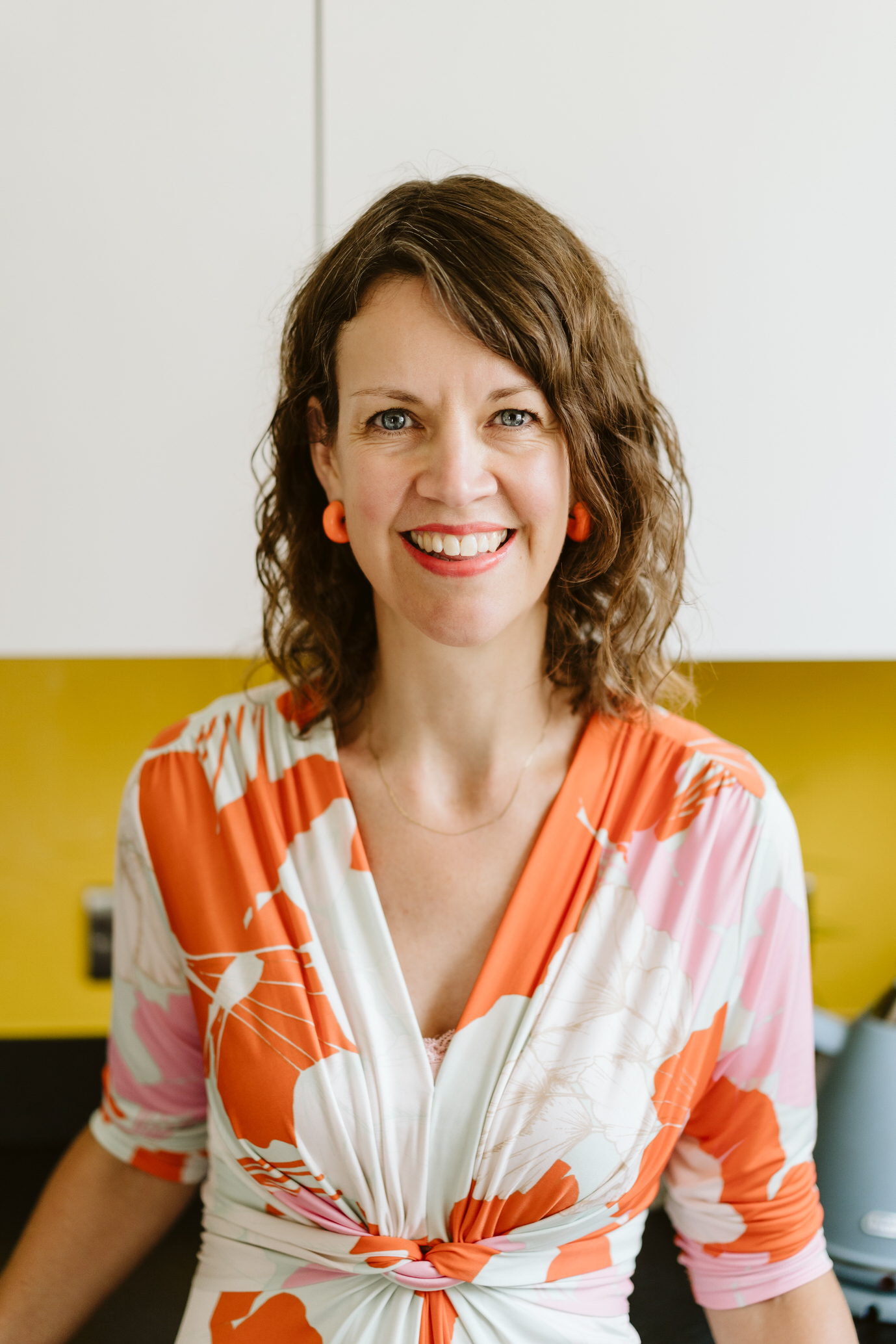
Hester Van Hien from Tidylicious is a Home Decluttering and Organising Consultant based in south east London and completed her training with Japanese tidying expert Marie Kondo. Besides working 1:1 with clients in their homes and online, Hester can also be booked as an expert speaker. She’s done talks at the Ideal Home Show and the Clean & Tidy Home Show.
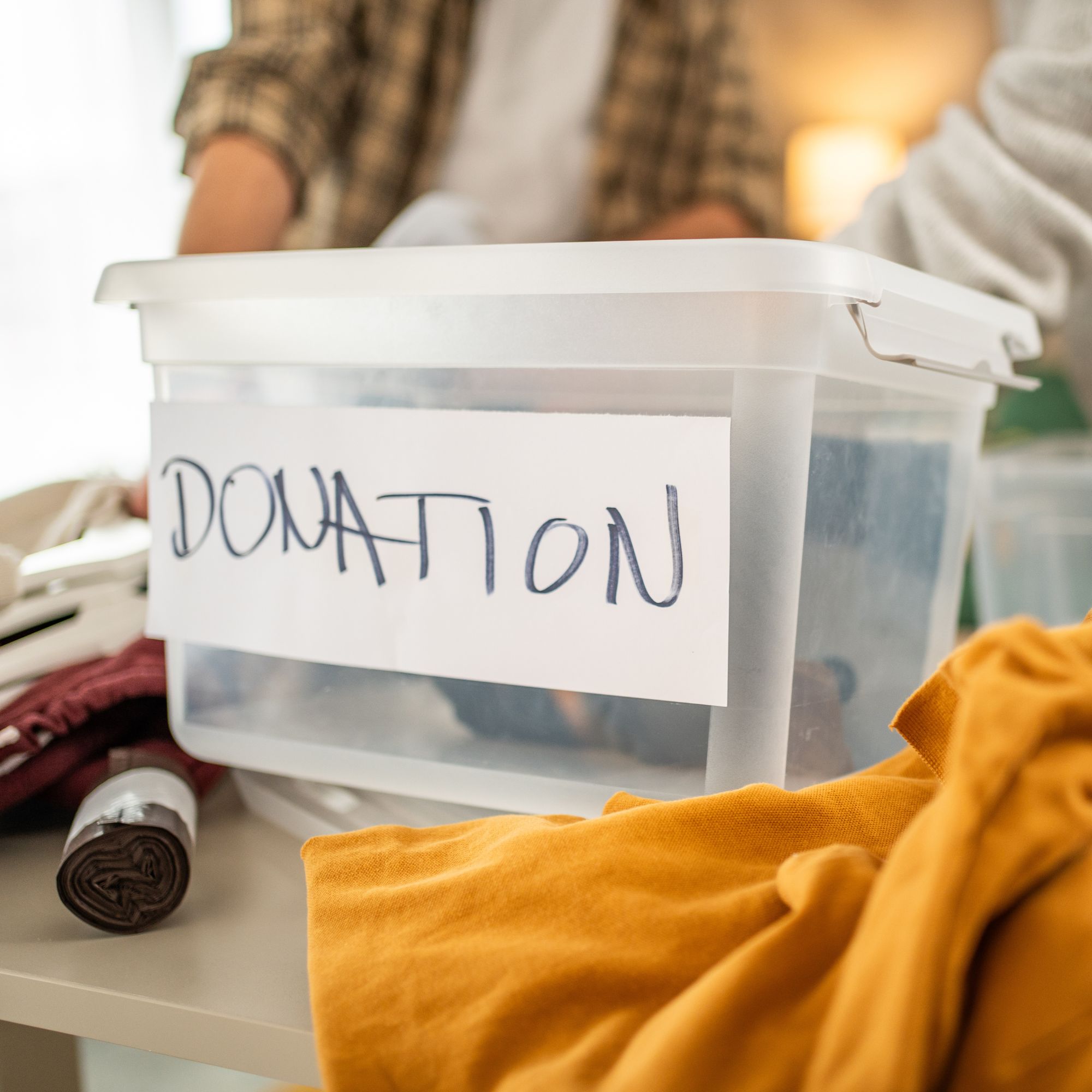
She also warned me to avoid any decluttering mistakes and take care when adding items to the ‘store’ pile. ‘Try to keep the “keep but store away” pile as small as possible, because when you store things away where you can’t see them, it’s easy to forget about them. This is how you might end up with duplicates, and a loft full of boxes of which you can’t remember the contents of.’
As she explained the method to me, I was immediately taken by the concept that I was actually allowed to keep some of my belongings rather than getting rid of everything. But at the heart of its method, the aim is still to organise and store them in a way that declutters the home.
This is one of the reasons why David Mantle, CEO & Co-Founder of Stashbee, also appreciates the four-box decluttering method. He says, ‘The four-box method works so well as it’s so simple, allowing you to focus on the true value of items in your home as opposed to shuffling them around.’
‘By breaking the decluttering process into four simple steps, this method makes the process of decluttering far more accessible and seem more achievable, especially for those with lots of clutter. It also works as it doesn’t promote a minimalist lifestyle but encourages you to create a space that works for you, where everything has its place, and you feel comfortable and at ease.’
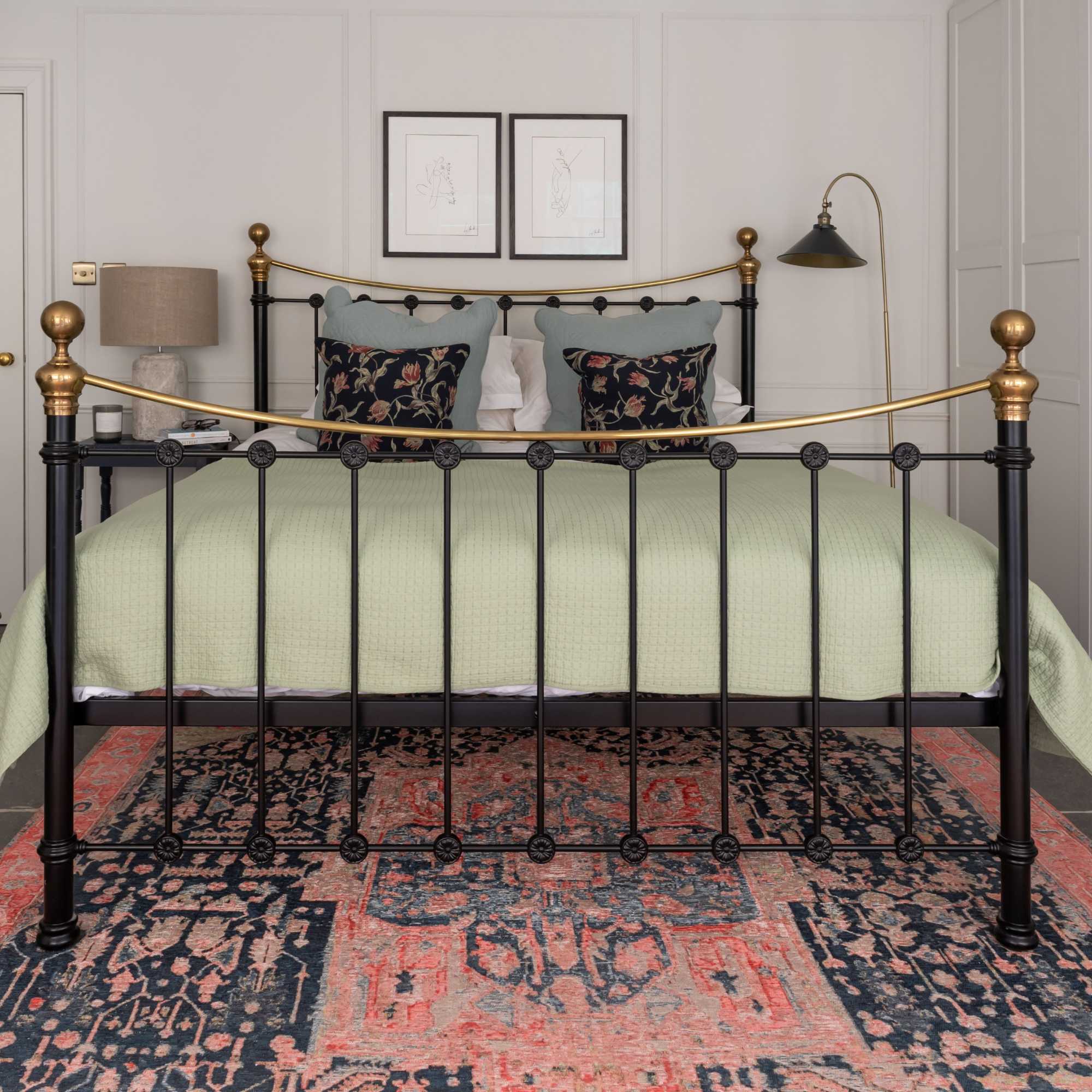
How I tried the four-box decluttering method
I know I’m incredibly lucky to live in a 3-bedroom house, but one thing I’ve always hated about my home is the lack of integrated storage. And with the hefty price of wardrobes and drawers, I’ve chosen to make do with alternative storage solutions instead.
One of them is the space underneath our bed, which has become the designated dumping ground for all manner of things - from our winter duvet to the memory box my mum bought me for my 18th birthday and trinkets from past holidays.
As I’m aware that I’m an emotional collector of clutter, I thought that opting for a pragmatic, cut-throat method like the 20/20 decluttering rule or the move-out method, which both focus on the practicality of an item rather than its emotional hold on you, would be best for me. Oh, how wrong I was!
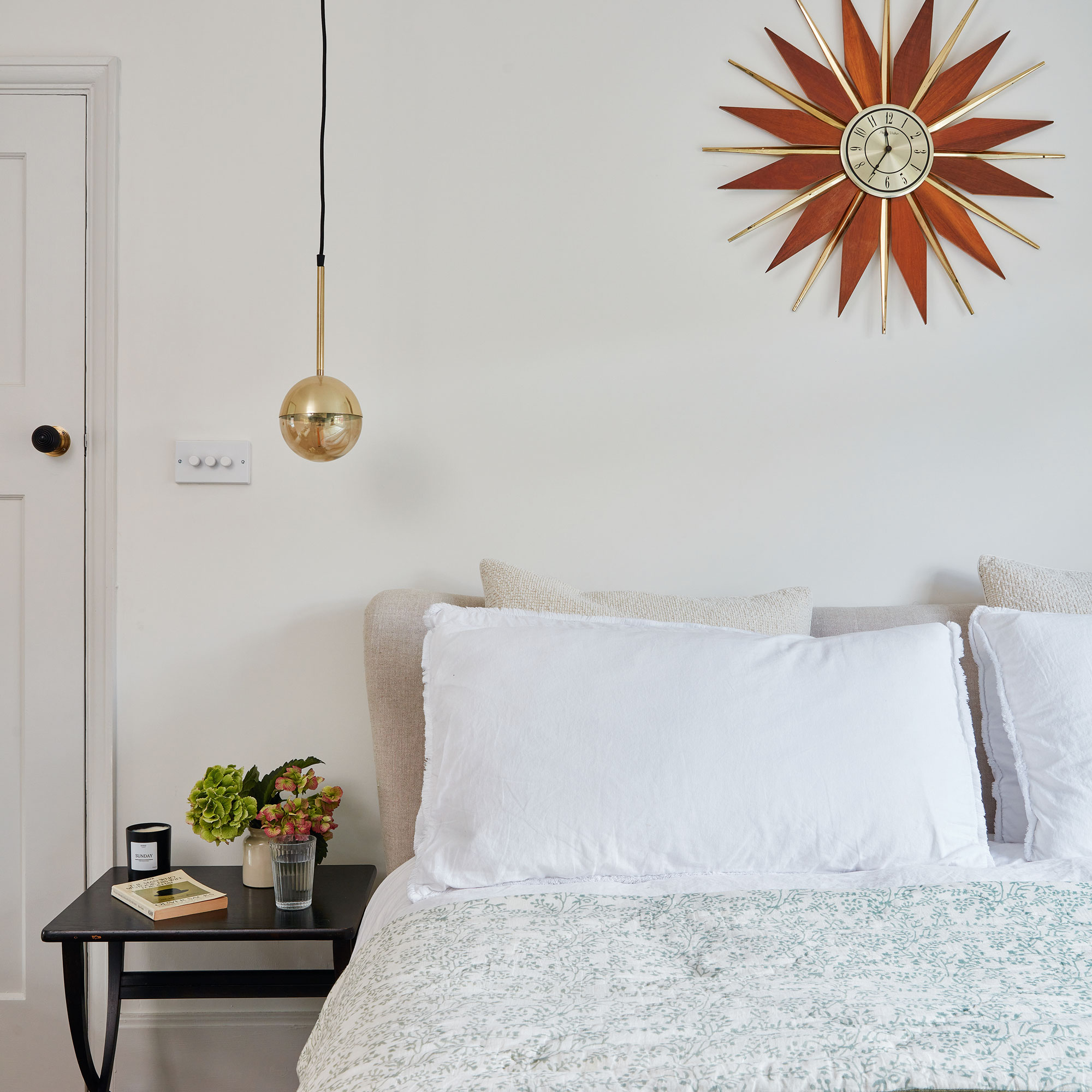
So, when I read about the four-box decluttering method, I wondered whether leaning into my emotions and having more options to keep, relocate, or donate my clutter would rip the band-aid off more gently while also allowing me to get rid of things that I genuinely don’t need.
To start, I decided to tackle under the bed by pulling everything out from underneath and placing it on top of the bed so everything was visible. And while I unfortunately didn’t have four spare boxes lying around the house, I substituted them for four Bag for Life shopping bags that I labelled with sticky notes that read ‘keep,’ ‘toss,’ ‘store’ and ‘donate.’
The bags worked well for me, but if you’re tackling a bigger space, it’s probably best to grab some boxes instead - like these Really Useful 3 x 62L Nesting Boxes from Argos.
While I will admit that seeing the pile of items on my bed was intense, I had previously read my colleague’s article on decluttering when you’re overwhelmed and knew to take a deep breath and focus on the larger items first.
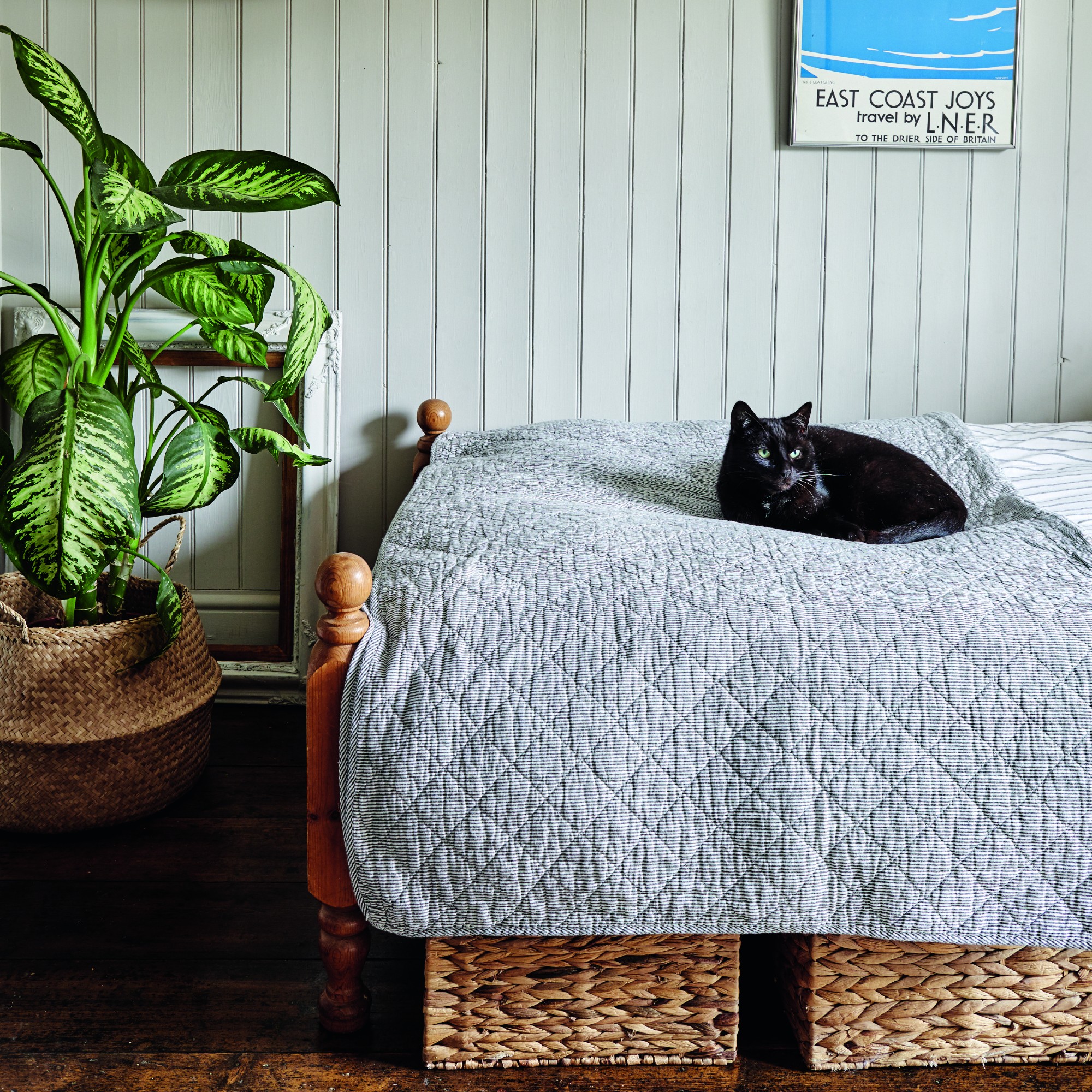
These items were my spare duvet and a surprising number of spare bedding sets - many of which I had forgotten I owned because I tend to rotate between two that I absolutely love. Starting here actually worked in my favour, as I instantly knew which ones I had the biggest emotional attachment to, meaning I could add three clean duvet sets to the ‘donate’ box.
After all, they were in good condition, and I know that Dunelm offers a textile take-back scheme that donates clean bedding to The Salvation Army. And, inspired by Ideal Home’s Deputy Digital Editor, Rebecca Knight, I bought this Syeeiex Bed Sheet Organiser and Storage 3 Pack from Amazon to organise the bedding I wanted to keep.
Already, I was feeling proud of myself and the achievements I’d made - despite being rather small moves in the grand scheme of things. But spurred on by the tidiness, I decided to move on to another large item: my memory box.
I’m not proud that my memory box wound its way under my bed, but with limited storage space in my house I just really didn’t know where to put it. However, as the box is full of everything from my old university work to my wedding photo album, I knew that trying to declutter it would be an emotional ordeal.
I started with my old uni work first, which was a collection of workbooks, textbooks, plastic wallets full of essays, and my chunky bound dissertation. Sorting through all of this was a serious blast from the past (oh, those were the days!) and the emotional collector of clutter in me didn’t want to part with any of it. In fact, the idea of throwing it all away left me pretty upset.
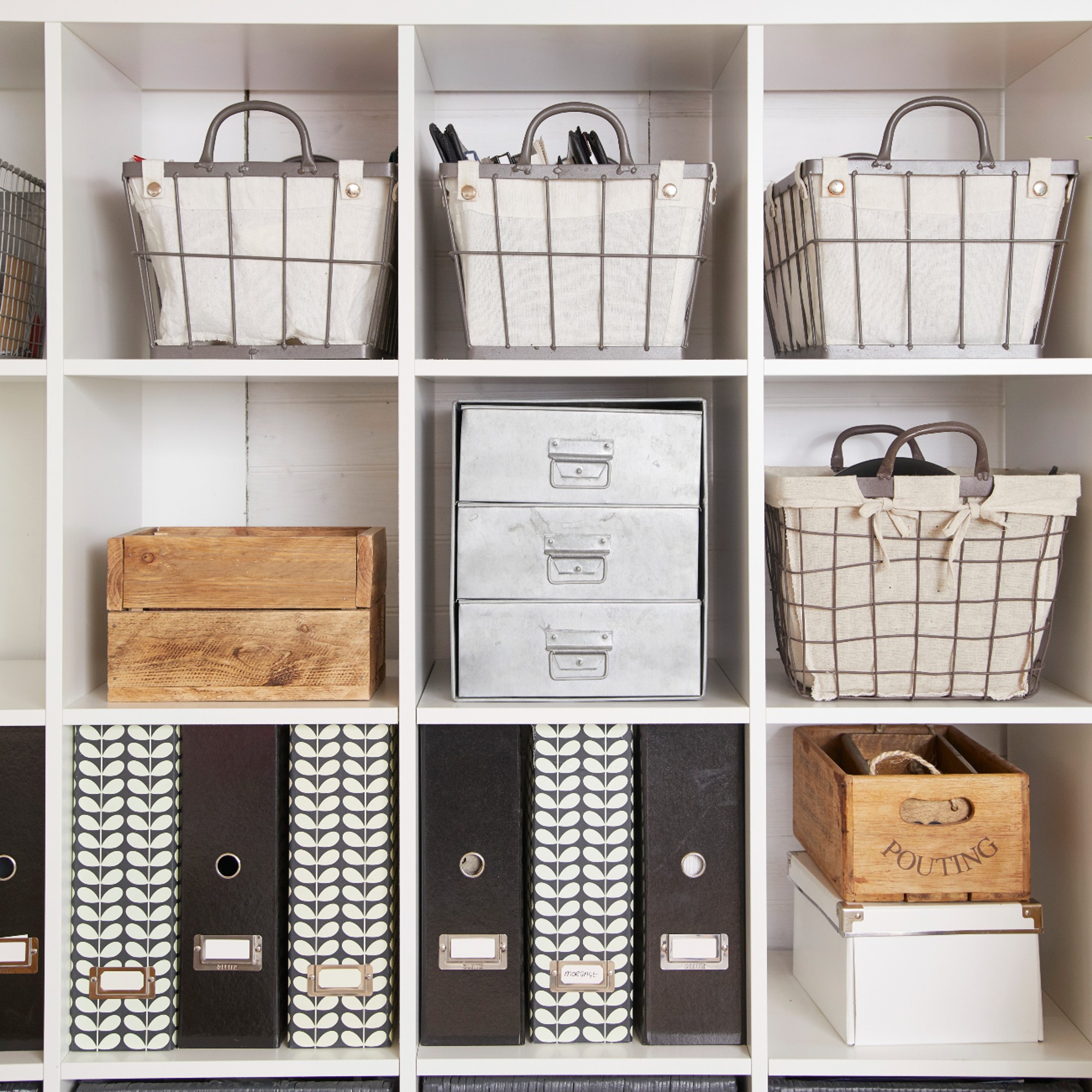
But I reminded myself that the four-box decluttering method gives me options, which meant that I didn’t necessarily have to get rid of it all. So, I didn’t.
I opted to add my scribbled notes from lectures and writing workshops that wouldn’t serve any purpose to me in the future to the ‘bin’ bag, added reams of paper and pens to the ‘donate’ bag, and then added my dissertation (which was a real labour of love) to the ‘keep’ pile and made a mental note to add it to my bookshelf so I could give it the attention it deserved.
Obviously, I did the same with my wedding album and immediately added that to the shelf in my home office.
With those larger items decluttered, I then sorted the remaining items on my bed. These included childhood toys that my mum had given to me after decluttering her own home (most of which were donated, but a couple were stored, and one was tossed for being ridiculously creepy), holiday mementoes (I’ve since created a holiday memory box that will live in the loft), unopened Christmas smellies from family members (donated, of course), and more.
The whole decluttering process toyed with my emotions a lot, but in the best of ways. I finally felt as though I was making a dent in the clutter without having to compromise my own thoughts and feelings or throw away things that genuinely mean something to me.
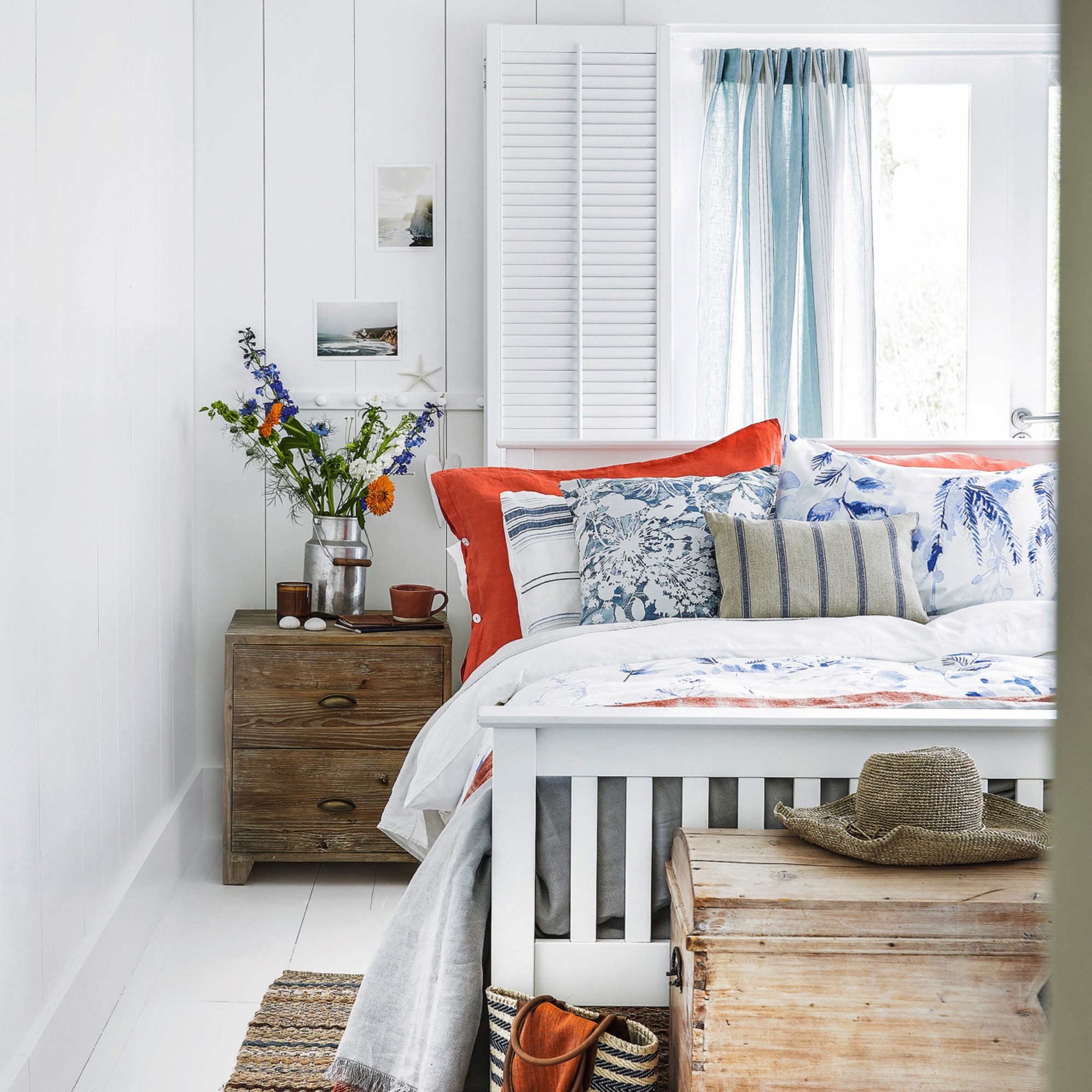
Once I’d finished decluttering underneath my bed, I put everything that was staying there back underneath - and was amazed to see that it took up half the space it used to. Yet, I didn’t have any pangs of guilt and I didn’t feel as though I’d thrown away something I’d regret later down the line. Every decision was made by considering my own feelings and weighing them up with the practical side of my brain.
But when it was done, I chose to remember the concept of mindful decluttering and stop there. I knew that if I continued decluttering other areas of my home on that same day, I’d start to feel overwhelmed and probably refuse to donate or ditch anything. So, I’m tackling my under-the-stairs cupboard next week.
But what about you? If you're an emotional collector of clutter like me, will you give the four-box decluttering method a try?

Lauren Bradbury has been the Content Editor for the House Manual section since January 2025 but worked with the team as a freelancer for a year and a half before that. She graduated with a Bachelor’s degree in English and Creative Writing from the University of Chichester in 2016. Then, she dipped her toe into the world of content writing, primarily focusing on home content. After years of agency work, she decided to take the plunge and become a full-time freelancer for online publications, including Real Homes and Ideal Home, before taking on this permanent role. Now, she spends her days searching for the best decluttering and cleaning hacks and creating handy how-to guides for homeowners and renters alike, as well as testing vacuums as part of her role as the Ideal Home Certified Expert in Training on Vacuums, having spent over 110 hours testing different vacuum models to date!
-
 Will a conservatory add value to your home and how can you maximise it?
Will a conservatory add value to your home and how can you maximise it?This is what the pros say
By Amy Reeves
-
 I’ve been looking for a new signature scent for my home and The White Company's new fragrance is the exact summer holiday smell I needed
I’ve been looking for a new signature scent for my home and The White Company's new fragrance is the exact summer holiday smell I neededSantorini smells fresh, summery and sophisticated
By Kezia Reynolds
-
 How to remove algae from garden walls in five steps – and the cleaning product experts rave about for tackling it fast
How to remove algae from garden walls in five steps – and the cleaning product experts rave about for tackling it fastExperts share their top tips for getting garden walls algae-free
By Katie Sims